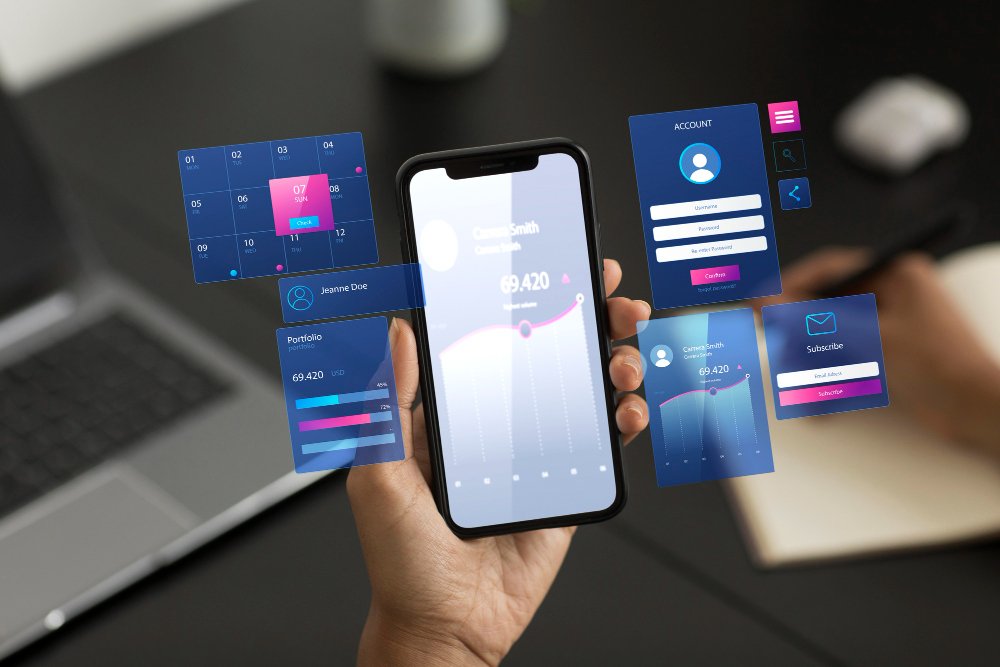In today’s digital-first world, mobile testing has become a critical step in the app development process. With millions of apps vying for users’ attention, delivering a smooth, bug-free experience is no longer optional—it’s a necessity. Whether it’s for iOS, Android, or cross-platform apps, mobile testing ensures that your app meets user expectations, performs efficiently, and stands out in a competitive marketplace.
Why Mobile Testing Matters
The surge in smartphone usage has dramatically increased user expectations. Users expect apps to load quickly, respond seamlessly, and function across a wide range of devices and network conditions. Failing to meet these expectations can lead to negative reviews, uninstalls, and ultimately, lost revenue. This is why mobile testing isn’t just about finding bugs—it’s about ensuring user satisfaction and long-term success.
Mobile testing helps businesses identify functional issues, usability problems, and performance bottlenecks before the app reaches the market. By catching problems early, developers save both time and resources while delivering a product that aligns with user needs.
Types of Mobile Testing
Mobile testing is a broad field that encompasses a range of testing methods. Understanding each type is crucial for a comprehensive testing strategy. Here are the main types:
1. Functional Testing
Functional testing verifies that every feature of the app works as intended. This includes checking buttons, forms, navigation, and APIs. Essentially, functional testing ensures the app behaves exactly as users expect.
2. Performance Testing
Performance testing evaluates how the app performs under different conditions, such as high user traffic or slow network connections. Key metrics include load times, responsiveness, and stability. Poor performance can frustrate users and impact retention rates.
3. Usability Testing
Usability testing focuses on the user experience. It examines how intuitive and easy it is for users to navigate the app, complete tasks, and understand its features. A smooth, user-friendly experience can significantly boost engagement and satisfaction.
4. Security Testing
With the rise in data breaches, security testing is essential. This type of mobile testing identifies vulnerabilities, ensuring that sensitive user data remains safe and compliant with industry standards.
5. Compatibility Testing
Mobile apps need to work across various devices, operating systems, and screen sizes. Compatibility testing ensures that your app performs consistently on different smartphones, tablets, and OS versions.
6. Regression Testing
Every update or bug fix can inadvertently introduce new issues. Regression testing involves retesting the app after changes to ensure previous functionalities remain intact.
Tools for Effective Mobile Testing
The right tools can streamline mobile testing and make it more efficient. Popular tools include:
- Appium: An open-source tool that supports automated testing for both iOS and Android apps.
- TestComplete: Provides comprehensive testing capabilities, including functional, performance, and UI testing.
- BrowserStack: Allows testing on real devices across multiple platforms without the need for physical hardware.
- Xcode and Android Studio: Essential tools for native app testing on iOS and Android respectively.
Choosing the right combination of tools depends on your app type, development approach, and budget. Automation tools are highly recommended for repetitive tasks and regression testing, while manual testing remains crucial for usability and exploratory scenarios.
Best Practices for Mobile Testing
To maximize the effectiveness of mobile testing, consider these best practices:
- Start Early: Integrate testing from the early stages of development to identify issues before they escalate.
- Test on Real Devices: Emulators are useful, but real devices provide a more accurate picture of user experience.
- Automate Repetitive Tasks: Automation saves time and ensures consistency in functional and regression testing.
- Focus on User Scenarios: Test the app in real-life scenarios to better understand how users will interact with it.
- Monitor Performance Metrics: Regularly track performance indicators to detect and resolve bottlenecks proactively.
The Future of Mobile Testing
As mobile technology evolves, testing strategies are also adapting. Emerging trends include AI-powered testing, which predicts potential issues and optimizes test coverage, and continuous testing within DevOps pipelines, enabling faster release cycles. With the rise of IoT and wearable devices, mobile testing is expanding beyond smartphones to include connected devices, requiring even more comprehensive testing approaches.
Final Thoughts
Mobile testing is no longer a final step in the development process—it’s an ongoing necessity that ensures apps deliver a flawless, secure, and user-friendly experience. By adopting a structured testing approach, leveraging the right tools, and focusing on user satisfaction, businesses can build apps that not only function properly but also delight users. In a market saturated with apps, excellence in mobile testing can be the differentiator between success and obscurity.
Investing in thorough mobile testing is investing in your app’s reputation, user loyalty, and long-term success.


